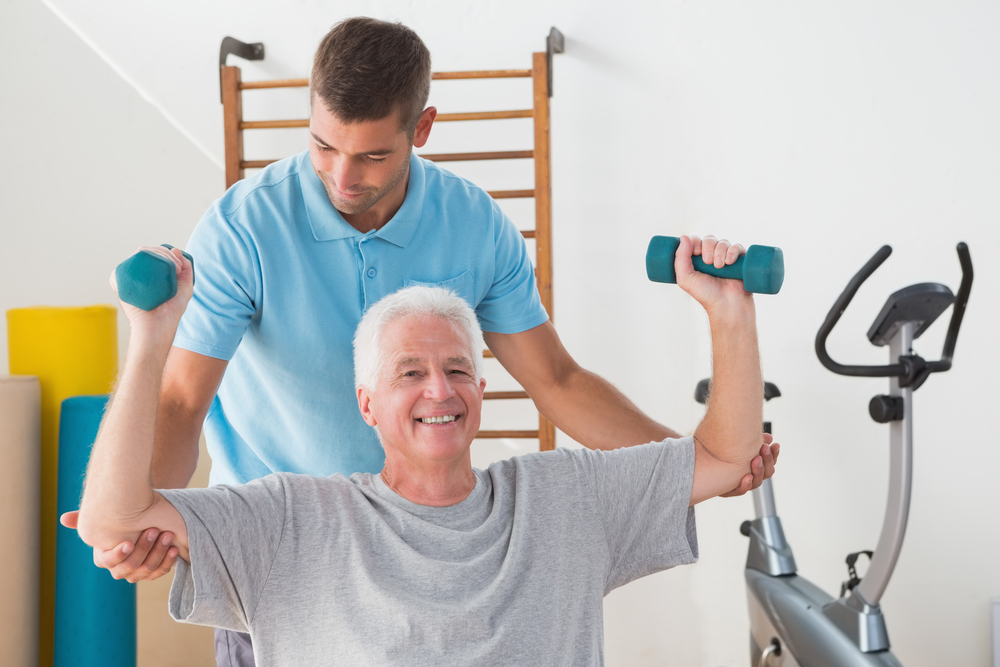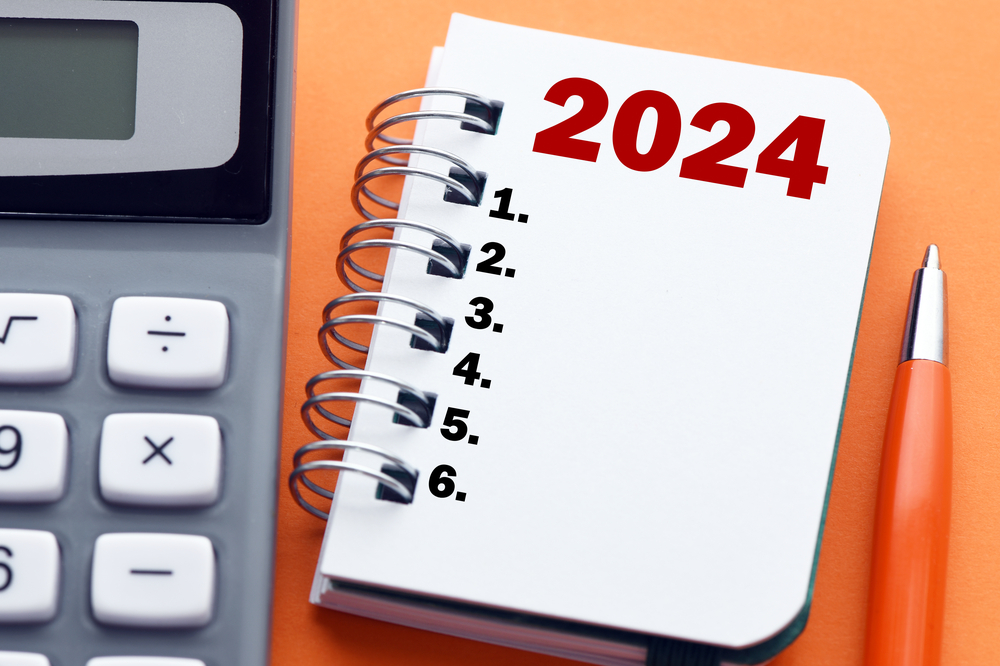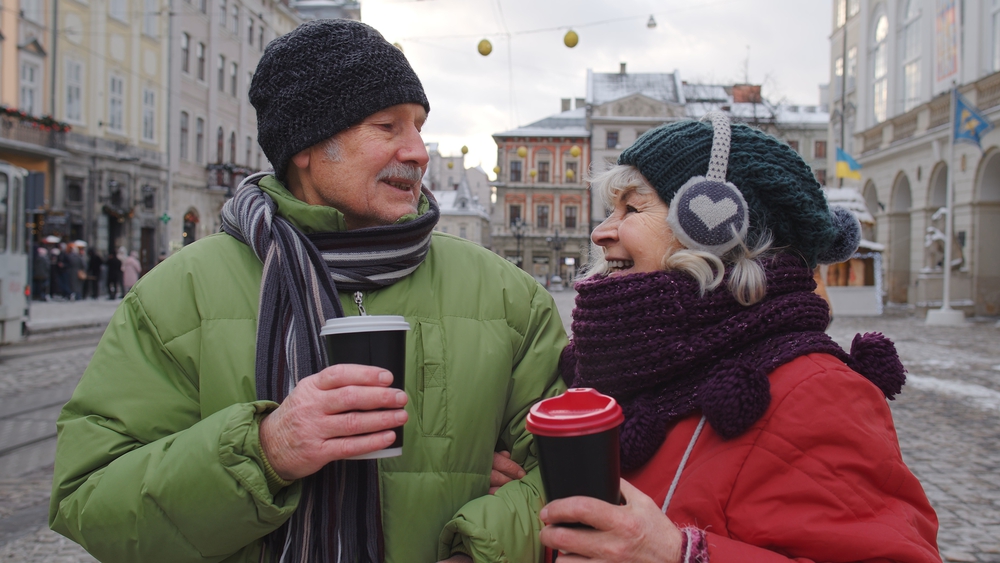Slips and falls seem to be sending Canadians to hospitals in record numbers. Last month, The Canadian Press reported, via the CBC News website, that unintentional falls are the most common cause of injury throughout Canada. Nearly 1,800 emergency department visits per day were reported last year, says a recent report from the Canadian Institute for Health Information (CIHI).
“In 2016-17, nearly 654,000 — or about one-third — of the more than two million injury-related emergency department visits were due to accidental falls,” reveals the report, “Injuries from falls led to about 152,500 hospital admissions, up from more than 146,600 the previous year.” Considering the growing number of accidental falls taking place throughout the country, it’s important to pinpoint where many of these falls take place.
The bathroom is known for its slippery surfaces.
Not surprisingly, a large number of slips and falls take place in the bathroom. Because of its slippery surfaces and the presence of water, the bathroom is a place where many people lose their footing. This is especially true for seniors. It’s no secret that, as we age, our strength and balance often diminish. It’s no wonder that so many seniors have hip fractures among other fall-related injuries.
“Slippery bathrooms, a common sight, are dangerous and can be a cause of physical damage if one slips,” writes Shweta Talwar on Makaan.com, “Though a major cause of slippery bathroom is stagnant soapy water, it is not always possible to keep it water-free. However, some smart design changes and minor renovations can make your bathroom area safe and accident-free.
What steps can be taken to make the bathroom less slippery?
Talwar highlights the importance of installing anti-slip flooring. This involves the placement of flooring that offers a strong grip and friction. She cites pebble tiles as an example. Skid-free mats are also recommended. They’re likely more practicable and less expensive an option. It’s important to note the difference between anti-slip mats and throw rugs. Throw rugs are known tripping hazards. Be sure to find mats that can suction to the floor.
“Throws and rugs are also one of the causes of household falls and accidents,” affirms Talwar, “Rugs are not only essential for the bathroom but also add a touch of style to the space. Rubber suction mats are the best to be used in bathrooms. Opt for materials that are highly water absorbent and soak excess water. Do not keep plastic bathroom mats as they are slippery. Keep rugs near the sink and the tub for better and instant grip.”
Grab bars make bathrooms safer.
You likely won’t be surprised to hear another recommendation for grab bars. “You may already have a grab bar in your shower (they’re increasingly common), but you may not have considered installing one by your toilet,” says NewBath Alabama President, Terry Crews on LinkedIn.com, “In a humid, tiled bathroom, the added support makes going from a seated to a standing position much safer, especially around that nice new granite countertop and its unforgiving edges.”
At Advantage Home Health Solutions, we’re proud to offer a wide variety of bathroom modifications that include grab bars as well as super poles, bath chairs, bath lifts, transfer benches, walk-in tubs and slide-in tubs. For more information about the bathroom accessibility devices we offer, please don’t hesitate to give us a call at 403-460-5438. You may also email us by filling out the form on our Contact page!




